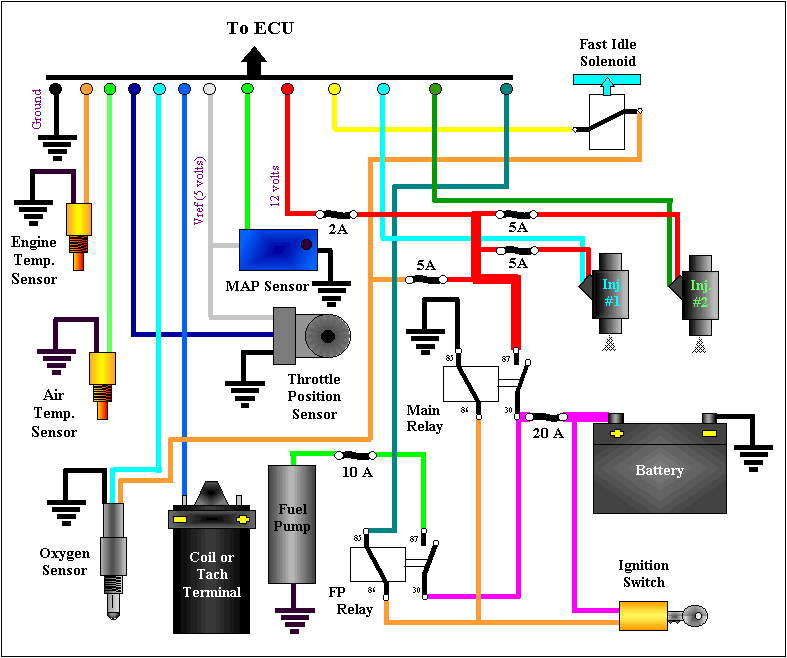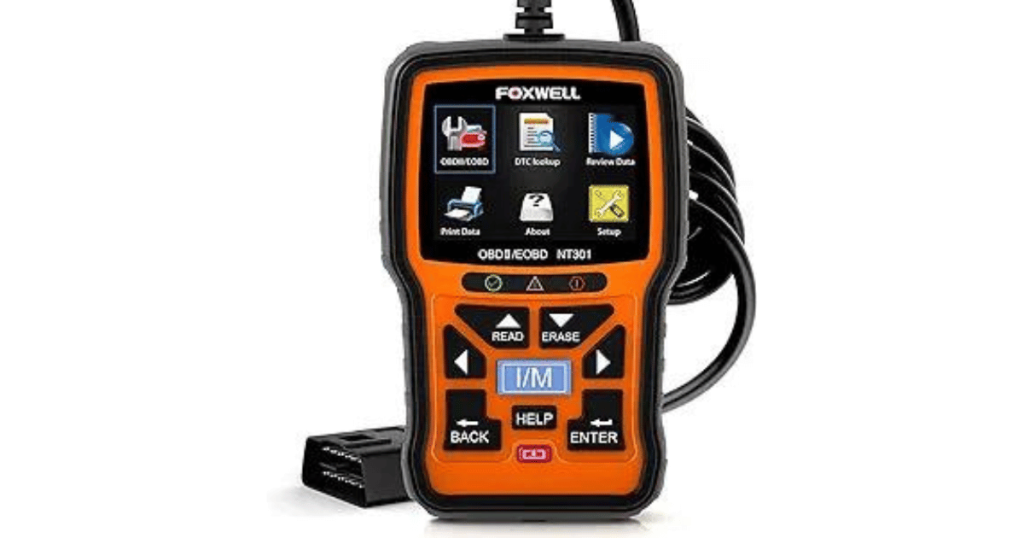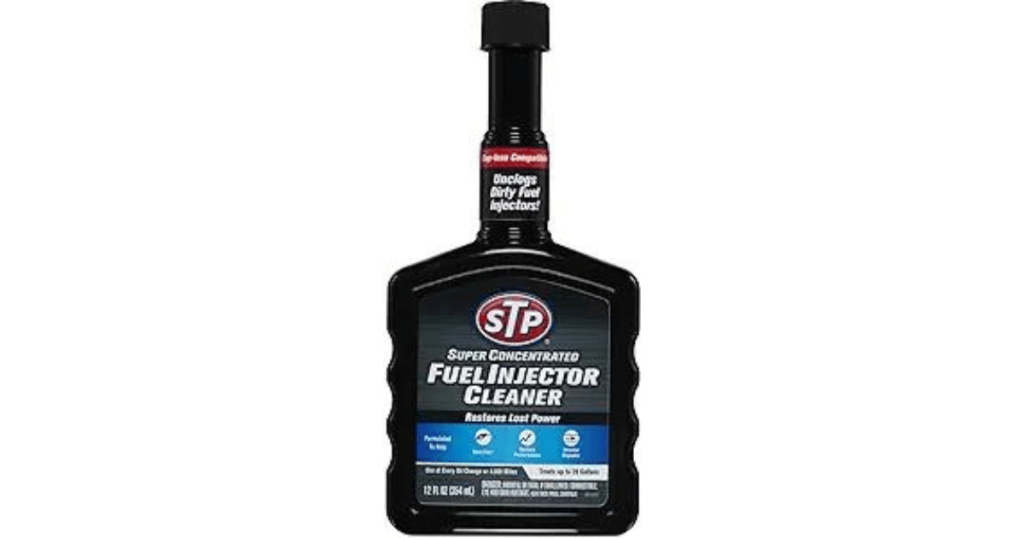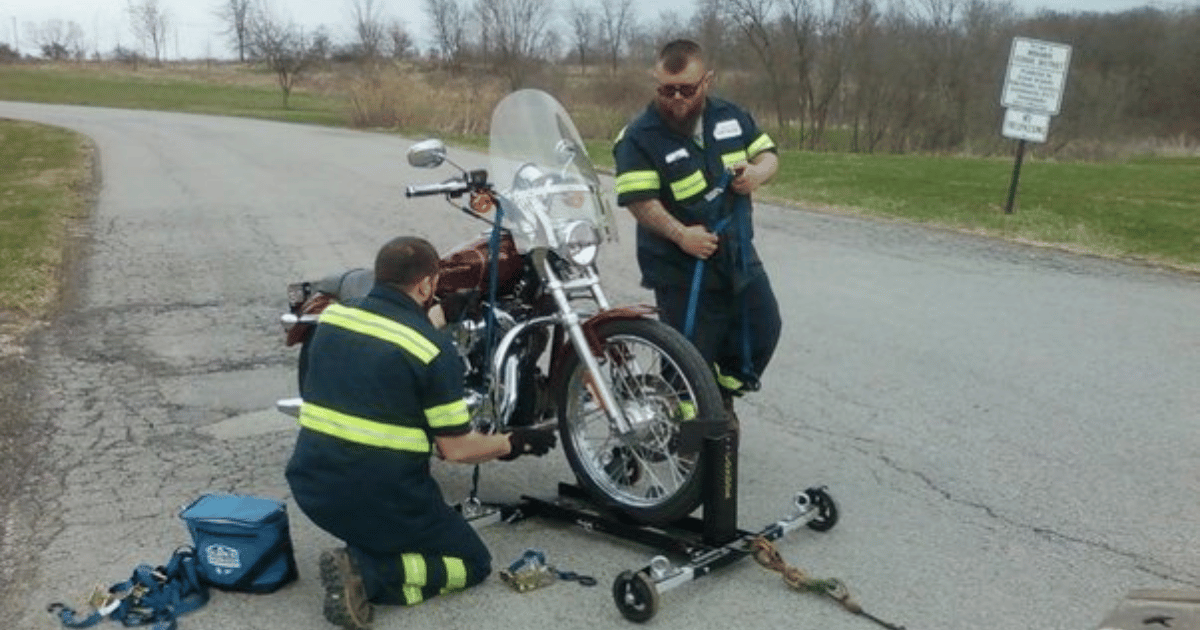Last Updated on January 12, 2024 by Pittalks
Picture this: You’re out on the open road, the roar of your Harley Davidson beneath you, when suddenly the engine sputters – a clear sign of fuel injection woes. Understanding the intricacies of your Harley’s fuel injection system can seem daunting, but fear not. Equipped with the right knowledge, you can troubleshoot the issues with confidence. From misfires to rough idling, this troubleshooting guide will walk you through spotting the signs of fuel injection problems, diagnosing the root cause, and getting your beloved bike back to its optimal rumbling glory. So grab your toolkit, because it’s time to tackle those fuel injection gremlins head-on.
Understanding Harley Davidson Fuel Injection Systems

History of Fuel Injection in Harley Davidson Motorcycles
Alright, so you’re revved up to learn about Harley’s jump into the world of fuel injection, right? Picture this: It’s the mid-90s, and while everyone’s jamming to grunge, Harley Davidson decides it’s time to kick their bikes into the modern era.
When Did Harley Move To Fuel Injection?
They introduce their first fuel-injected motorcycle in 1995, and this move isn’t just for kicks. It’s about better performance, improved fuel economy, and meeting those pesky emission standards that were tightening up. Fast forward, and today, Harley’s fuel injection systems are as iconic as their throaty exhaust notes.
Components of a Harley Davidson Fuel Injection System
Okay, let’s break down this puzzle. Your Harley’s fuel injection system is like a rock band where each member plays a crucial role. You’ve got the fuel pump, which is like the drummer, keeping the beat by pushing fuel to the engine. Then there’s the injectors – the lead guitarists, spraying the precise amount of fuel. The throttle body? That’s your frontman, controlling air intake with a charismatic presence. Add in the fuel pressure regulator, various sensors, and the fuel lines—all integral for a smooth performance—and you’ve got the whole ensemble on your two-wheeled road beast.
The Role of ECM (Engine Control Module) in Fuel Injection
Now, you can’t talk shop without tipping your hat to the ECM, the Engine Control Module. Think of the ECM as the band manager, making sure everyone’s in sync. It’s the brain of the operation, constantly making calls on fuel delivery and air intake based on data coming from a network of sensors. It ensures your Harley rides smooth like butter on a hot skillet.
Common Symptoms of Fuel Injection Issues
When experiencing fuel injection problems, you’ll notice a few primary symptoms:
- Difficulty starting the engine
- Irregular idling or stalling
- A decrease in engine performance
- Increased fuel consumption
- Unusual engine noises
Engine Starting Difficulties
Have you ever hit the ignition and your Harley just doesn’t want to wake up? It could be throwing a silent tantrum known as starting difficulties—a tell-tale sign that your fuel injection system may be in a funk. Maybe it’s a lazy fuel pump or a clogged injector, but it’s your cue to do some digging.
Related: Harley Davidson Starting Problems? Here’s What To Do
Irregular Idling and Stalling
Now, if your bike’s rumbling unevenly at a red light or, heaven forbid, it stalls mid-ride, it’s screaming for your attention. Irregular idling and stalling is your Harley’s way of saying, “Hey, something’s off with my fuel mix or air intake, and I don’t feel so good.”
Decrease in Engine Performance
Is your bike losing its get-up-and-go? A decrease in engine performance might mean your beloved is not breathing right or getting that vital fuel as it used to. It’s like it’s running a marathon with a rock in its shoe—an obvious cry for help.
Increased Fuel Consumption
When your Harley starts guzzling gas like there’s no tomorrow, your wallet’s gonna feel it. Increased fuel consumption can indicate that your fuel injection system is working overtime but not in a good way. Time for a check-up!
Unusual Engine Noises
If your ride starts serenading you with sounds that don’t belong to a healthy engine choir, it might be your injectors or pump giving you a heads-up that they’re not in harmony anymore. Pings, knocks, and other strange acoustics should prompt a closer look.
Diagnostic Tools and Equipment

Using a Diagnostic Scan Tool
You’ve got a built-in best buddy when it comes to troubleshooting—your Harley’s onboard diagnostic system. Hook up a diagnostic scan tool to chat with the ECM, and you’ll get the scoop on any potential drama in the form of trouble codes. It’s like your bike’s way of texting you what’s up.
Reading and Interpreting Trouble Codes
Now, cracking these codes isn’t like trying to understand ancient hieroglyphs. With a bit of know-how, or a trusty manual by your side, you can translate those cryptic messages into actionable intel on what’s ailing your motorcycle.
The Importance of a Multimeter in Diagnostics
Arm yourself with a multimeter, and you’ll feel like a bona fide electrical detective. This gadget lets you chase down gremlins lurking in your bike’s electrical system—vital for making sure all those sensors and fuel injectors are on point.
Fuel Injector Cleaning and Maintenance

Signs That Your Injectors Need Cleaning
Dirty injectors are like clogged pipes, and your Harley ain’t gonna be happy. Watch for warning signs like rough idling, poor performance, and a sad fuel economy. These symptoms suggest it’s time for a spa day for your injectors.
Methods for Cleaning Injectors
So, how to freshen up those injectors? You’ve got options. There’s DIY injector cleaner you can add to your fuel tank for a gentle cleanse, or you can go all in with a professional cleaning service that’ll give them a thorough detox.
Tips for Preventative Maintenance of Fuel Injectors
Now, to keep those injectors purring, remember a few basics: use high-quality fuel, don’t skimp on oil changes, and treat your bike to a bottle of injector cleaner now and then. Think of it as regular health checks to keep your Harley roaring to its heart’s content.
Troubleshooting the Harley Davidson Fuel Pump Problems
Symptoms of a Failing Fuel Pump
If your fuel pump starts throwing in the towel, you’ll feel it. Signs like sputtering at high speeds, a loss of power when the bike is under stress, or difficulties starting up are your cue that the pump might be on the outs.
Testing Fuel Pump Pressure
Feeling handy? Get yourself a fuel pressure gauge and put your fuel pump to the test. It’ll tell you if the pump’s keeping up the pressure like it should. If the numbers don’t match up with your Harley’s specs, you’ve found your weak link.
Replacing a Malfunctioning Fuel Pump
In the event that your pump’s beyond redemption, you’ve got the choice to either let a pro handle the transplant or roll up your sleeves and do the honors yourself. Just make sure you’re following your Service Manual to a T and taking all the Safety precautions.
Inspecting and Replacing Fuel Filters
Here, you’ll need to understand a few things:
- the role of fuel filters for fuel injection
- how to access and visually inspect the filter
- and when to replace the fuel filter
The Role of Fuel Filters in Injection Systems
Think of the fuel filter as the bouncer at the door of your favorite bar, keeping the riff-raff out. It’s there to stop any crud in your fuel from getting into the injectors and messing things up. Seriously important job, right?
How to Access and Inspect the Fuel Filter
Getting to the fuel filter might be a bit like a treasure hunt, depending on your model. You’ll generally find it attached to the fuel pump or in-line along the fuel line. Give it a once-over, and if it looks like it’s seen better days, put that puppy on your shopping list.
When to Replace Your Fuel Filter
When to pull the trigger on a new fuel filter? Check your owner’s manual for the schedule. But if you’re nosing around and notice the filter’s looking gnarly or your bike’s acting up, it might be time to swap it out, schedule be damned.
Checking Fuel Pressure and Flow
Understanding the Importance of Proper Fuel Pressure
Like blood pressure for your Harley, fuel pressure is a big deal. Too high or too low, and you’ll feel it in the bike’s performance. It’s the key to a fine-tuned fuel delivery to your engine.
How to Test Fuel Pressure
Grab that fuel pressure gauge you used on the fuel pump and get testing. There’s usually a test port on the fuel rail, and the right pressure reading means everything’s shipshape. If it’s off-kilter, though, you may have to troubleshoot a bit deeper.
Evaluating Fuel Flow for Optimal Performance
Don’t forget about fuel flow. Think of it as the rate at which your Harley’s engine gets its juice. If the flow’s too sluggish, you’re in for a rough ride. Your bike needs that steady stream to stay happy on the highway.
Electrical Components and Sensors
Troubleshooting the Throttle Position Sensor (TPS)
Your TPS is a vital player, keeping tabs on your throttle’s position and sending the deets to the ECM. Issues here can mess with your acceleration big time. If your Harley’s throwing you a TPS-specific code, it’s time for some electrical troubleshooting.
Diagnosing Issues with the Oxygen (O2) Sensor
Your bike’s O2 sensor is keeping an eye on exhaust gases, a must for the just-right fuel mix. Foul play here can affect your emissions and fuel economy. If your check engine light is breathing down your neck, the O2 sensor might be the culprit.
Inspecting Electrical Connectors and Wiring
Wiring woes can drive you nuts—a loose connection or a frayed wire is like a villain in a mystery novel. You gotta investigate each connector and trace those wires like a pro. With a bit of patience and a keen eye, you’ll unearth the issue and get your Harley back to its reliable self.
Throttle Body and Air Intake Issues
Since throttle body can be very delicate, I suggest fully understanding these concepts:
- how to clean the throttle body
- how to check the intake for leaks
- how to calibrate the throttle body
Cleaning the Throttle Body
Your throttle body is like the lungs for your engine, managing airflow. Over time, it can get gunked up with residue, which can mess with performance. A good cleaning can do wonders, like clearing a stuffy nose on a spring day.
Checking the Air Intake for Leaks
Imagine trying to sip a milkshake through a straw with holes. Tough, right? Same goes for your Harley. An air intake leak means your engine is working too hard to suck in air. Check those hoses and seals—patching up any leaks can give your ride a new lease on life.
Aligning and Calibrating the Throttle Body
Once you’ve given the throttle body a thorough cleanup, don’t just slap everything back together and expect harmony. It may need some fine-tuning. Aligning and calibrating the throttle body is like tuning a guitar—it’s all about getting that perfect pitch.
Frequently Asked Questions
Harley Davidson motorcycles with fuel injection systems can encounter several common issues. These include clogged fuel injectors, which lead to poor engine performance and rough idling. Erratic throttle response and starting difficulties are also indicative of fuel injection problems. Regular cleaning and maintenance of the fuel injection system are essential for optimal performance.
Diagnosing fuel pump problems in a Harley Davidson involves checking for symptoms like difficulty in starting the motorcycle, a noticeable decrease in engine performance, and unusual noises from the fuel tank area. The motorcycle may also exhibit sputtering at high speeds or a loss of power under stress. A professional diagnostic test can confirm fuel pump issues.
Fuel injection problems in Harley Davidson motorcycles are often caused by dirty or clogged injectors, which can result from contaminated fuel or lack of regular maintenance. Additionally, issues with the motorcycle’s electronic control unit (ECU) can lead to improper fuel-air mixtures, affecting the fuel injection system’s performance.
Yes, a faulty fuel pump can cause starting issues in Harley Davidson bikes. The fuel pump is responsible for delivering the correct amount of fuel to the engine. If it fails, the engine may not receive enough fuel, leading to difficulties in starting or maintaining engine power.
Signs of a failing fuel pump in a Harley Davidson include reduced engine power, engine sputtering or stalling, and difficulty starting the bike. Additionally, a failing fuel pump may produce a whining noise from the fuel tank. If these symptoms are present, it’s advisable to have the fuel pump inspected and replaced if necessary.


